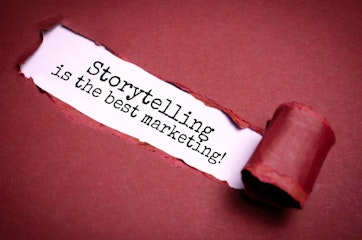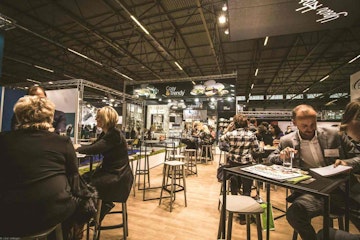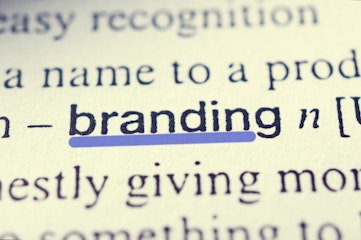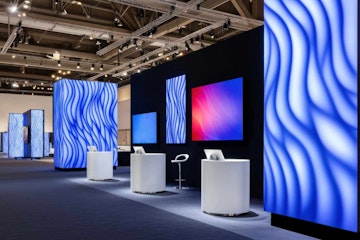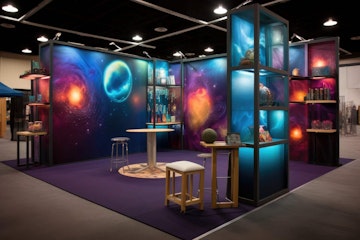The stand's packed away, the team's had their debrief drinks, and everyone's already planning their recovery day. Most marketing teams treat this as job done - time to move on to the next campaign. But here's the thing: this is actually when the real work begins.
Post-event follow-up separates companies that get genuine ROI from their events from those that just spent a fortune on branded pens and awkward networking conversations. All those leads you collected, the relationships you started building, the momentum you created - it can all disappear faster than free conference coffee if you don't have a proper follow-up strategy.
Hit Them While They Still Remember You
Speed matters more than most people realise. You've got maybe 48 hours before your conversation becomes just another blurry memory from a busy trade show. After that, you're competing with dozens of other exhibitors for mental real estate you've probably already lost.
Your first follow-up needs to reference something specific from your chat. Generic "thanks for visiting our stand" emails get binned immediately - everyone sends those. Instead, mention the particular challenge they described or that demo feature they seemed excited about. This turns a cold follow-up into continuing an actual conversation.
But don't rush out rubbish just to be first. A thoughtful, personalised message sent within 48 hours beats a generic template fired off in 24 hours. Quality trumps speed, but you need both.
Sort Your Leads Properly
Not all trade show leads are created equal, and treating them the same way is where most companies waste their budget. That procurement manager who spent 20 minutes discussing implementation needs completely different handling than someone who grabbed a stress ball whilst rushing past.
Create proper categories based on buying signals and engagement level. Hot prospects who asked for immediate pricing deserve sales attention right away. Early-stage researchers need educational content that nudges them towards purchase readiness over time.
Think about context too. Conference attendees are often comparing multiple solutions simultaneously, whilst trade show visitors might be further down the decision path. This should influence your messaging tone and how often you follow up.
Turn Your Event Content Into Ongoing Assets
Your booth presentation shouldn't end when you pack down the displays. Transform those demonstrations, speaking sessions, and product showcases into content pieces that prospects can revisit and share with their colleagues.
Record quick video summaries of the key points from your live demos. People visit dozens of stands at these events - they're not going to remember your specific features three weeks later. These recap videos serve as handy reference materials that keep you front-of-mind.
Presentation slides work well as downloadable resources, but beef them up with extra context that you couldn't cover during time-limited sessions. You're providing additional value, not just recycling existing materials.
Use Social Proof While It's Fresh
Events generate brilliant social proof opportunities that extend well beyond the venue. Photos of busy booth spaces, positive attendee reactions, speaking engagements - all of this stuff works as credibility markers for future prospects.
Get testimonials whilst experiences are still fresh. A quick video testimonial recorded on-site carries way more authenticity than a polished case study produced months later. These immediate, unfiltered reactions resonate strongly with prospects facing similar challenges.
Share behind-the-scenes content that shows your human side. Photos of your team setting up, candid moments with customers, post-event celebrations - this emotional connection often influences buying decisions more than feature comparisons do.
Think Beyond Immediate Sales
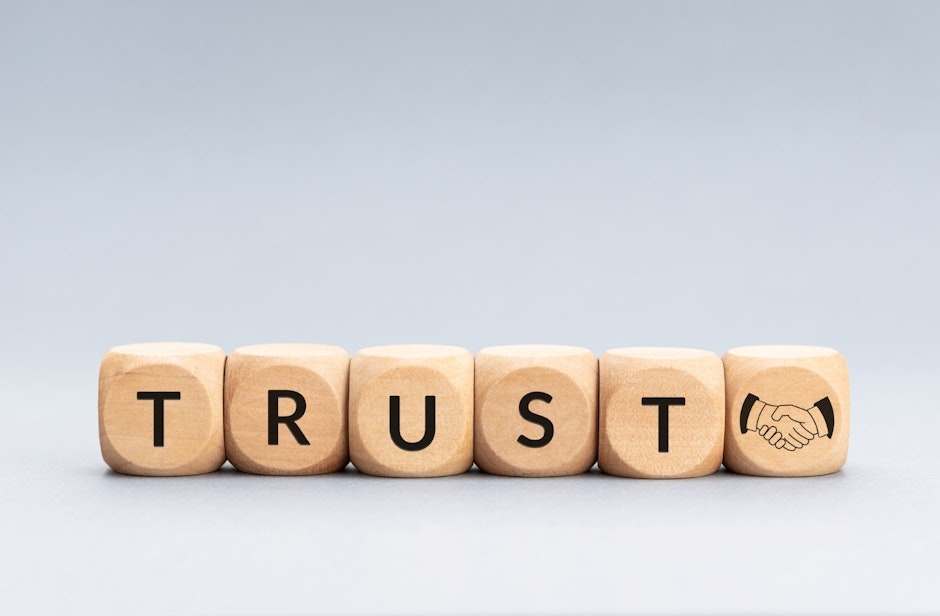
Not every qualified lead converts immediately, and that's perfectly normal. Build nurturing sequences that maintain engagement without coming across as pushy sales pestering.
Educational content works particularly well for longer sales cycles. Share industry insights, best practices, trend analysis - stuff that demonstrates ongoing value. This positions your company as a trusted resource rather than just another vendor chasing signatures.
Stay relevant by connecting current industry developments to solutions you discussed at the event. When new regulations drop, technologies emerge, or market shifts happen, reach out to relevant prospects with context about how these changes might affect their specific situation.
Measure The Right Things
Most event ROI calculations stop at immediate revenue attribution, missing the broader impact on brand awareness, relationship building, and pipeline development. Track metrics that capture long-term value creation.
Monitor engagement rates across different follow-up channels and content types. Email open rates, social media interactions, content downloads - this reveals which post-event strategies actually resonate with your audience.
Attribution gets complicated when events influence deals that close months later. Set up tracking systems that connect event interactions to eventual conversions, even when multiple touchpoints happen between initial contact and final purchase.
Don't ignore qualitative feedback either. Surveys asking about event experience, follow-up preferences, and content usefulness provide insights that numbers can't capture.
Squeeze Maximum Value From Your Investment
Events represent massive investments in content creation, stand design, and promotional materials. Smart marketers extract maximum value by repurposing these assets across multiple channels long after the event finishes.
Transform product demonstrations into webinar content for prospects who couldn't attend. The interactive elements that worked well in booth settings often translate effectively to virtual formats with minimal changes required.
Stand graphics and display materials can become landing page elements, social media content, and email campaign visuals. This maximises your design investment whilst maintaining consistent messaging across channels.
Consider how successful strategies for maximising trade show visibility and impact can inform your broader marketing approach. Elements like compelling visuals and clear value propositions work just as well in digital environments.
Keep Your Team's Energy Up
Post-event energy often fizzles out quickly as team members return to their usual responsibilities. Capture insights and maintain enthusiasm whilst experiences are still vivid and actionable.
Schedule immediate debrief sessions that go beyond basic lead counting. Discuss which messaging hit home, which questions came up repeatedly, and which competitors appeared most often in prospect conversations. These insights inform both immediate follow-up and future event strategy.
Document what worked and what didn't whilst details are still clear. Six months later, these notes become invaluable for planning subsequent events and avoiding repeated mistakes.
Think about how technologies like LED-powered advert panels contributed to your stand's effectiveness. Understanding which elements drove engagement helps optimise future event investments.
Key Takeaways
Post-event marketing transforms one-time interactions into lasting business relationships and measurable revenue growth. The companies that maximise event ROI treat the venue experience as the beginning of a relationship, not the end of a marketing campaign.
Success requires systematic follow-up, personalised messaging, and long-term nurturing strategies that extend well beyond immediate sales opportunities. The leads you generate matter less than what you do with them afterwards.
Your next event's success starts with how effectively you capitalise on your last one. The strategies you implement in those crucial post-event weeks often determine whether your investment becomes a revenue driver or an expensive learning experience.

